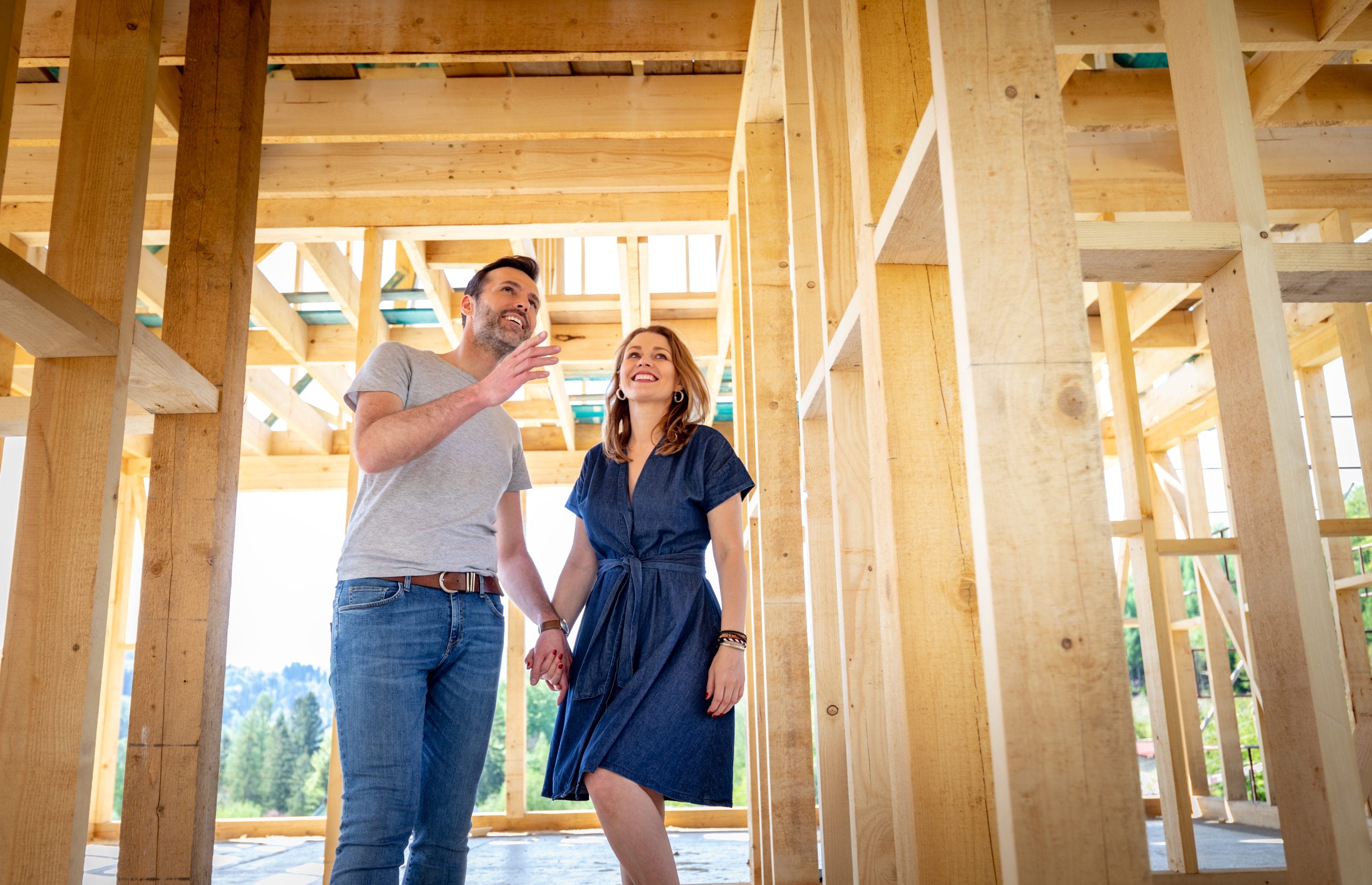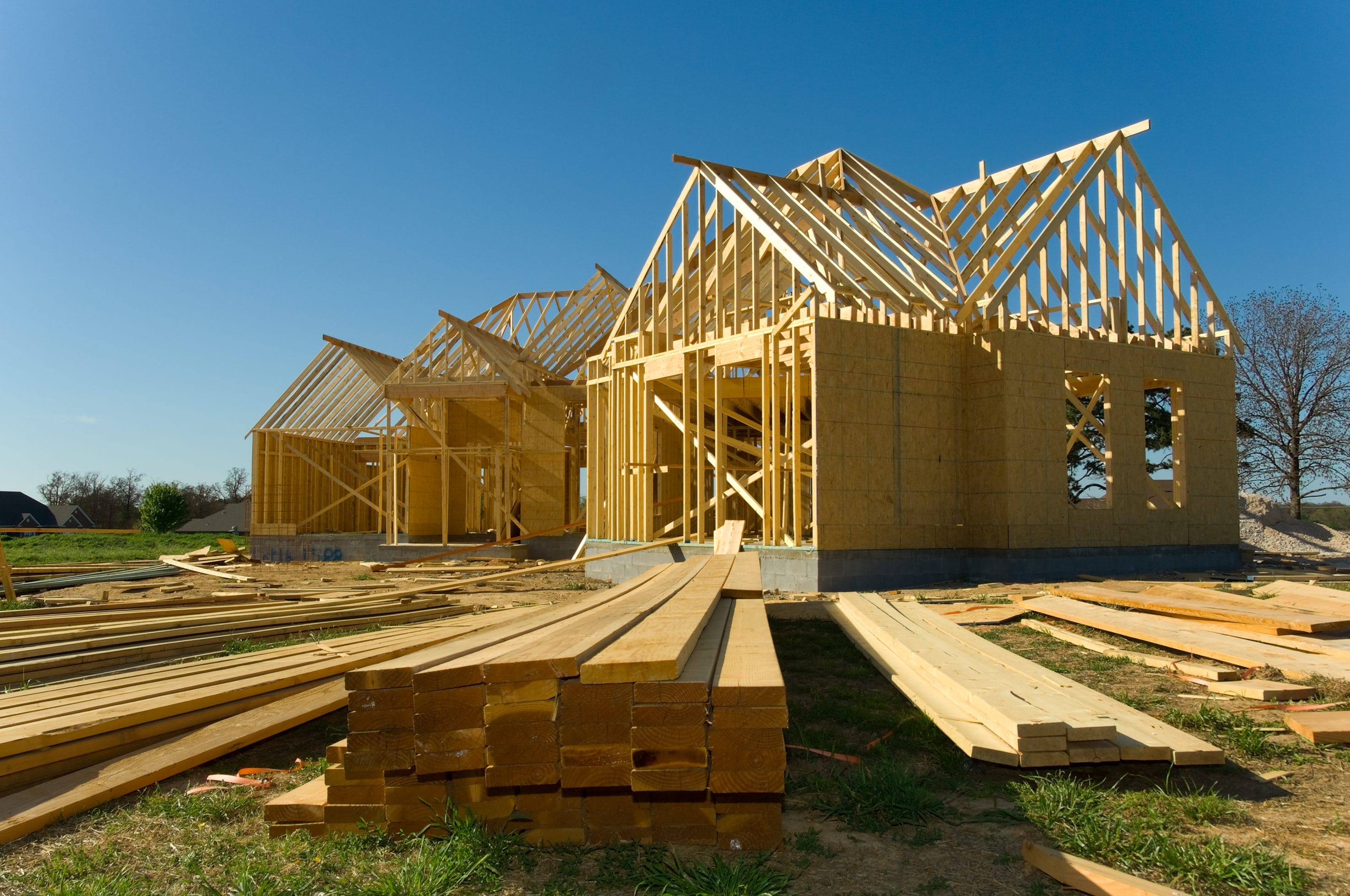Expert Radon Resistant
New Construction
Our radon resistant new construction installation service ensures your residential buildings are equipped with cutting-edge radon prevention techniques for a healthier living environment.
Partner with Evergreen Radon and Construction Services for a radon-safe home right from the start.

RRNC Installation
Ensure your new residential construction is protected from radon with our comprehensive installation service. We offer expert design and seamless integration with your building plans, ensuring safety from the ground up.
- Custom system design for each project
- Cutting-edge radon prevention techniques
- Certified and experienced team
- Comprehensive radon protection
- Seamlessly integrated with construction
- Commitment to health and safety
Advanced Radon Resistant Solutions
Our radon resistant new construction installations incorporate the latest innovations to ensure safety and quality. Our approach includes:
- Innovative gas-permeable layers
- Effective vent pipes for radon emissions
- Sealing and caulking for airtight safety
- Ongoing support and system monitoring
- Experienced installation team
- Customized plans tailored to your project

Expertise
Trust our certified professionals for precision and quality.
Utilizing the latest in radon prevention technology.
Solutions
Customized systems that fit your specific project.
Support
Dedicated customer support for ongoing peace of mind.
Why Partner with Us?
At Evergreen Radon and Construction Services, we prioritize precision and personalized solutions to ensure the highest quality in radon prevention for new constructions. Our team is dedicated and trained to provide advanced radon-resistant systems custom-designed for your specific needs.
What Sets Us Apart
- Cutting-edge technology and equipment
- Tailored radon-resistant construction systems
- Highly trained and certified specialists
Our Simple Process
We streamline your radon-resistant construction installation in a few straightforward steps for maximum efficiency and safety.
Consultation & Design
Engage with our team to design a tailored radon-resistant plan.
Begin
Installation
Our experts implement the system seamlessly into your build.
Follow-Up & Support
We ensure everything is functioning perfectly with ongoing support.
Understanding Radon Resistant New Construction
Here are some of the most commonly asked questions about radon-resistant construction. If you need more information, feel free to reach out to our team.
Our Achievements & Affiliations
Our certifications and affiliations underscore our commitment to excellence in radon management. As trusted leaders, these accomplishments highlight our expertise and dedication to delivering the highest quality service and solutions in the industry.





Facts About Radon
After Smoking
What Our Customers Say About Our Radon Services
Resources About Radon Mitigation
Discover the latest information and guidance on radon mitigation, from the importance of radon prevention in new construction to effective mitigation techniques for existing buildings. Our resources provide expert insights for safe and healthy indoor environments.
How much do radon mitigation systems cost?
What to look for when hiring a radon mitigation company
Where Does Radon Come From in Colorado?
Protect Your NEW Home with Radon Resistant Construction
Ensure peace of mind with our expert radon-resistant construction services. Our certified team is dedicated to providing tailored solutions to keep your indoor environments safe and healthy from the ground up. Don’t wait to secure your home and family’s safety from radon exposure.
Get a quote today!
"*" indicates required fields
OR



